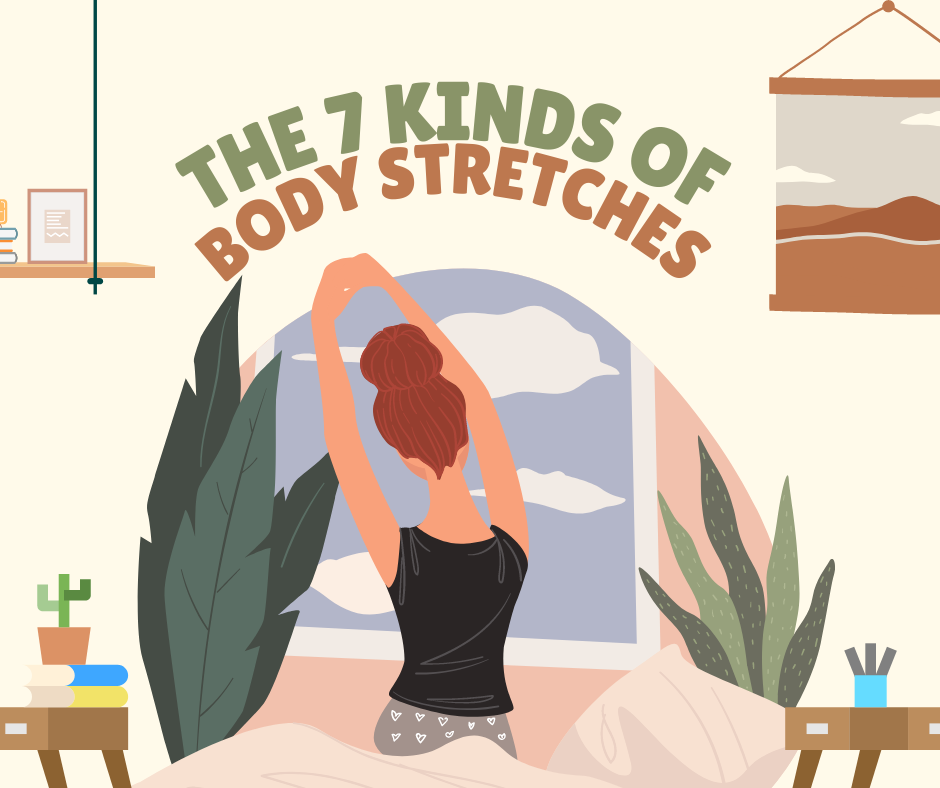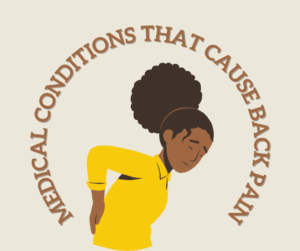People tend to think that exercise is all you need to have a healthy body. For those that don’t know any better, one could jump into all sorts of crazy cardio and muscle toning exercises that their muscles protest in agony by the next day! The reason for this is that they likely didn’t do any body stretches beforehand.
Body stretches get your muscles primed and ready for exercise. It’s sort of like an exercise before the exercise. To have a healthy body, you need to exercise your muscles regularly. To have healthy muscles, you need to do body stretches regularly.
Today, we’ll be looking at the types of body stretches and how you can incorporate them into your workout.
1. Passive Stretching
Passive stretching is letting an external force help you stretch the muscles. This could be in the form of using a resistance band when you do squats, letting gravity push you downwards when doing candlestick dippers, or having a chiropractor twist your back on their table.
Passive stretching is great for adding more intensity to your workouts. If you can’t push yourself hard enough, you can use outside things to help you push. This type of stretching is also good if you’re too weak to do anything, like when you are sore post-workout.
2. Static Stretching
Static stretching is stretching your muscles further than it usually is. It’s pretty similar to active stretching in that you’re using your willpower to stretch it, and passive stretching in that you’re holding the stretch. However, a key difference is that with static stretching, your muscles are fully capable of going that far—it just isn’t used to it.
An example of this is stretching and spreading your limbs as far and wide as they go.
3. Active Stretching
Unlike passive stretching, active stretching doesn’t need any external factors. You have to stretch your muscles beyond their usual limit and hold it by using your muscle strength and willpower alone. This is the stretch to go for if you’re recovering from an injury since you’re trying to regain full range of motion in the joint while still exercising the muscles around it.
An example of active stretching is lying on your back and raising one straight leg high until you feel your hamstrings. Don’t use your hands to help you—just use your muscles.
4. Isometric Stretching
Isometric stretching is a type of passive stretching except that it involves actively pushing back against the external force. For this, you have to tense up the muscles. It can be quite demanding on your muscles, tendons, and joints, so we recommend only doing this once a day for muscles around your body.
Examples of isometric stretching include stretching your calves against the wall and having someone hold your leg up while you try and push it back down again.
5. Proprioceptive Neuromuscular Facilitation
Proprioceptive neuromuscular facilitation is similar to isometric stretching, but it happens in smaller bursts. You start with a passive stretch on relaxed muscles—it’s best to have a partner help you with this. Have the partner stretch you gently, then contract your muscles. Your partner should not be moving you. Hold for five seconds, then relax once more. The partner continues stretching you farther and farther, and you repeat the process.
According to health experts, proprioceptive neuromuscular facilitation is an advanced stretch that’ll have your joints moving and flexibility going in no time (with regular occurrence, of course).
6. Dynamic Stretching
Dynamic stretches allow your muscles full range of motion. This helps you warm them up if you need them for strenuous activities like exercising or playing sports. This is particularly important if you intend on working out one area of the body more than the others.
Examples of dynamic stretching include leg swings, arm circles, and torso twists.
7. Somatic Stretching
Unlike the other stretches on the list, somatic stretching isn’t really stretching at all. It’s just letting the body do its thing naturally and feeling the stress ooze out of your body. If you ask us, this is probably the most satisfying stretch!
Examples of somatic stretching include raising your arms, pointing your toes, and arching your back when you wake up in the morning. It also includes letting your head fall to the front or the side when you just need a breather—it takes energy to hold your head up too, you know.








